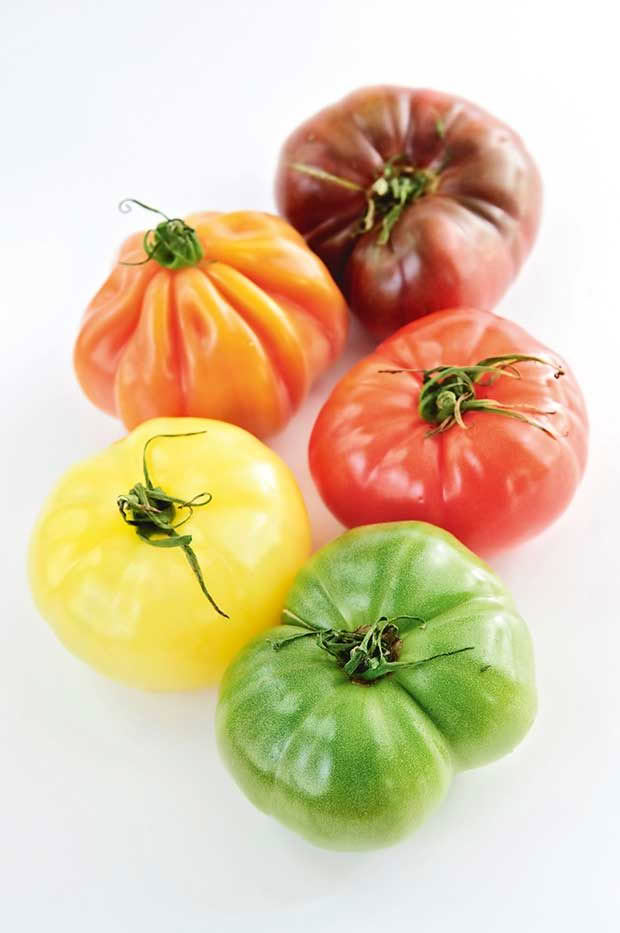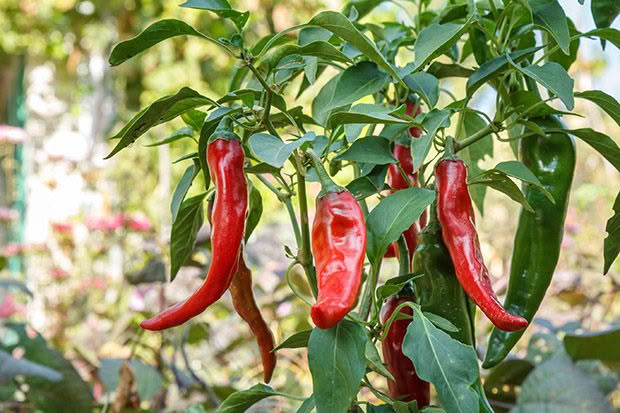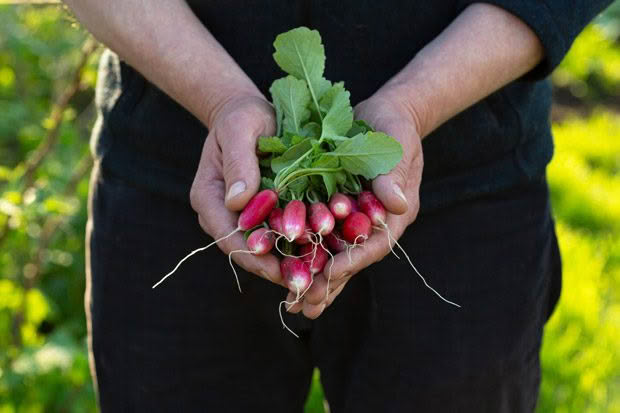How and when to harvest vegetables from the garden in February

Tomatoes, cucumbers, courgettes, beans and more are all ripe for the picking. But how and when you pick them can make all the difference between sweet and succulent, bland or bitter.
Words: Jane Wrigglesworth
POTATOES
Maincrop potatoes are harvested when the foliage has died back, 120 to 150 days after planting, depending on the variety. Dig them out gently with a fork. If storing long-term, leave them exposed for a few hours to cure (not overnight or slugs and snails will have a field day!) before placing in thick paper sacks. Seal the sacks and store in a cool spot. Be careful not to bruise potatoes when harvesting as rot may set in. Store only perfect potatoes, those without soft spots, mould or damage. Check them constantly while in storage and remove any that show signs of rot or they may cause others to rot too.
CARROTS
Carrots are generally harvestable 8-10 weeks after sowing. Remove the foliage immediately after harvesting to prevent it taking moisture from the carrot. You can leave carrots in the ground and pull them as you need them, but don’t leave them too long or they’ll become tough.
CORN
About three weeks after the silks on sweetcorn form, they’ll turn dry and brown. This is the time to pick them. You can double check that they’re ready – the kernels should exude a milky substance when pricked. Ideally, pick your corn just before you’re going to eat it, or within a few hours. Corn is at its prime for only 72 hours after harvesting, after which most of the sugar has turned to starch. When first picked, the ratio of sugar to starch is typically 80 per cent to 20 per cent; three days after picking the ratio will have swung the other way, 20 per cent to 80 per cent.
COURGETTES, CUCUMBERS, CAPSICUMS, TOMATOES

Pick peppers, the cucurbits and tomatoes often to encourage further production. Keep a close eye on courgettes. They can literally grow into marrows overnight when water and heat is abundant. Harvest when young. Pick cucumbers when firm and smooth; overripe cucumbers are soft and bitter and may start to turn yellow.
BEANS
Beans take 50-70 days from sowing to harvesting. Harvest while still tender, otherwise they’ll go stringy. Check regularly. It doesn’t take long for beans
to go from tender to tough. Regular picking promotes a continuous supply.
BEETROOT
Beetroot is best harvested when still young, about 5cm in diameter. Mature globes can become hard and fibrous. Remove foliage to prevent it taking moisture from the root.
RADISHES

Dig out when young and tender, as little as five weeks after sowing. Over-mature radishes will lose their crispness and taste bitter.
ONIONS & SHALLOTS
Both onions and shallots are harvested when the tops wither and turn brown, usually mid-to-late summer. Close to harvest time, lay off the nitrogen fertilisers to ensure better storability. After digging, leave them to cure in a warm, dry place for about a week, then store in a mesh bag in a cool, dry spot.
Love this story? Subscribe now!
 This article first appeared in NZ Lifestyle Block Magazine.
This article first appeared in NZ Lifestyle Block Magazine.
